Research
Development of Stable Isotope Analysis Method for Organic Compounds Using LC/IRMS
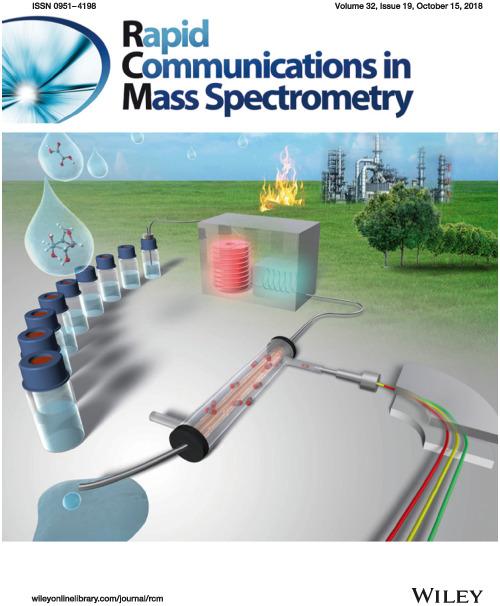
In 2004, Thermo Fisher Scientific developed the liquid chromatography–isotope ratio mass spectrometry system (LC/IRMS). However, the technology still faces several challenges. To address these, our laboratory has been working on establishing robust and reliable analytical methods, beginning with the re-evaluation and replacement of individual components. As a result, we have successfully modified the system into a more stable and long-term operational platform.
Using this improved LC/IRMS, we are currently developing novel compound-specific isotope-based identification methods. These include the carbon stable isotope ratios of sugars (e.g., glucose and fructose) and organic acids in honey, as well as ethanol, glucose, and organic acids in sake (Japanese rice wine). We are also advancing a new analytical method for determining the carbon isotope ratio of water-soluble organic carbon (WSOC) in fine particulate matter.
In collaboration with the European Commission, we have contributed to the development and validation testing of high-precision methods for compound-specific carbon isotope analysis in honey. We are currently collaborating with research groups in Germany, exchanging technical information to further advance the capabilities of LC/IRMS.
Furthermore, we have recently begun developing methods for measuring the carbon stable isotope ratios of amino acids and nucleic acids, aiming to open new frontiers in biochemical and ecological research.
- 国際学術雑誌「Food Chemistry誌」に須藤百香さんの論文が掲載されました(2022 年2月8日)
- 国際学術雑誌「Scientific Reports」に本学学生の論文が掲載されました(2019年3月)
Research papers
- New Momoka Suto, Hiroto Kawashima* (2022), Discrimination for sake brewing methods by compound specific isotope analysis and formation mechanism of organic acids in sake, Food Chemistry, vol.381, Article number 132295
- Nana Suto*, Hiroto Kawashima* (2021), Measurement report: Source characteristics of water-soluble organic carbon in PM2.5 at two sites in Japan, as assessed by long-term observation and stable carbon isotope ratio, Atmospheric Chemistry and Physics, vol.21(15), 11815-11828
- Momoka Suto, Hiroto Kawashima* (2020), Carbon isotope ratio of organic acids in sake and wine by solid-phase extraction combined with LC/IRMS, Analytical and Bioanalytical Chemistry, page 1-9
- Momoka Suto, Hiroto Kawashima*, Yasunori Nakamura (2020), Determination of Organic Acids in Honey by Liquid Chromatography with Tandem Mass Spectrometry, Food Analytical Methods, page 1-9
- Momoka Suto, Hiroto Kawashima* (2019), Compound Specific Carbon Isotope Analysis in Sake by LC/IRMS and Brewers’ Alcohol Proportion, Scientific Reports, vol.9, Article number 17635
- Momoka Suto, Hiroto Kawashima*, Nana Suto (2019), Heart-cutting two-dimensional liquid chromatography combined with isotope ratio mass spectrometry for the determination of stable carbon isotope ratios of gluconic acid in honey, Journal of Chromatography A, vol.1608, Article number. 460421
- 川島洋人* (2019), 安 定同位体比を用いた食品の産地識別と偽和判定の研究動向, Journal of the Mass Spectrometry Society of Japan, vol.67, pp.86-91
- Hiroto Kawashima*, Momoka Suto, Nana Suto (2019), Stable carbon isotope ratios for organic acids in commercial honey samples, Food Chemistry, vol.289, pp.49-55
- Nana Suto, Hiroto Kawashima* (2018), Online wet oxidation/isotope ratio mass spectrometry method for determination of stable carbon isotope ratios of water-soluble organic carbon in particulate matter, Rapid Communications in Mass Spectrometry, vol.32, pp.1668-1674
- Hiroto Kawashima*, Momoka Suto, Nana Suto (2018), Determination of carbon isotope ratios for honey samples by means of a liquid chromatography/isotope ratio mass spectrometry system coupled with a post‐column pump, Rapid Communications in Mass Spectrometry, vol.32, pp.1271-1279
- Nana Suto, Hiroto Kawashima* (2015), Stable carbon isotope ratio for sugar, amino acid, and caffeine by liquid chromatography/isotope ratio mass spectrometry, Procedia Earth and Planetary Science, vol.13, pp.181-184
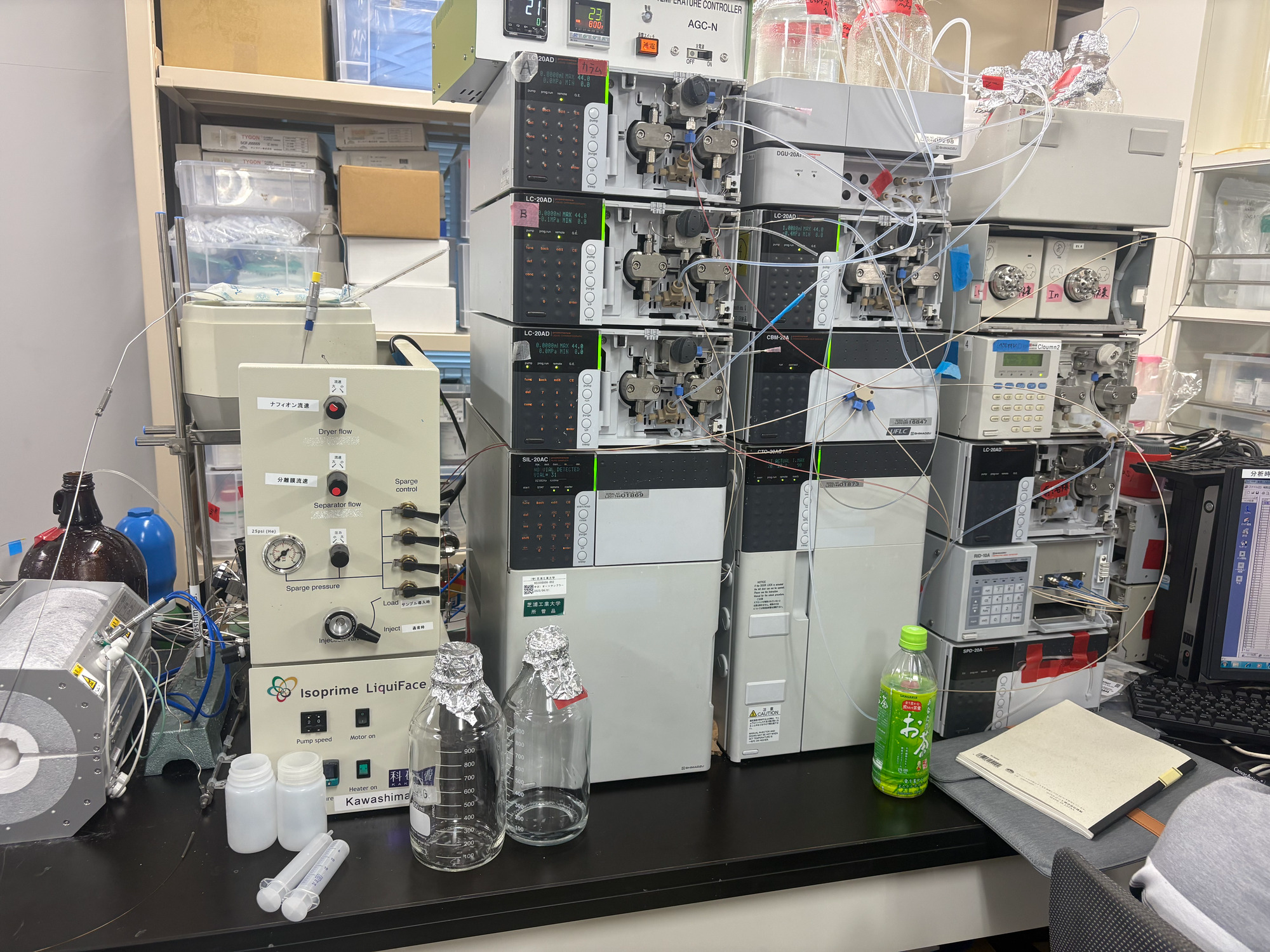 | 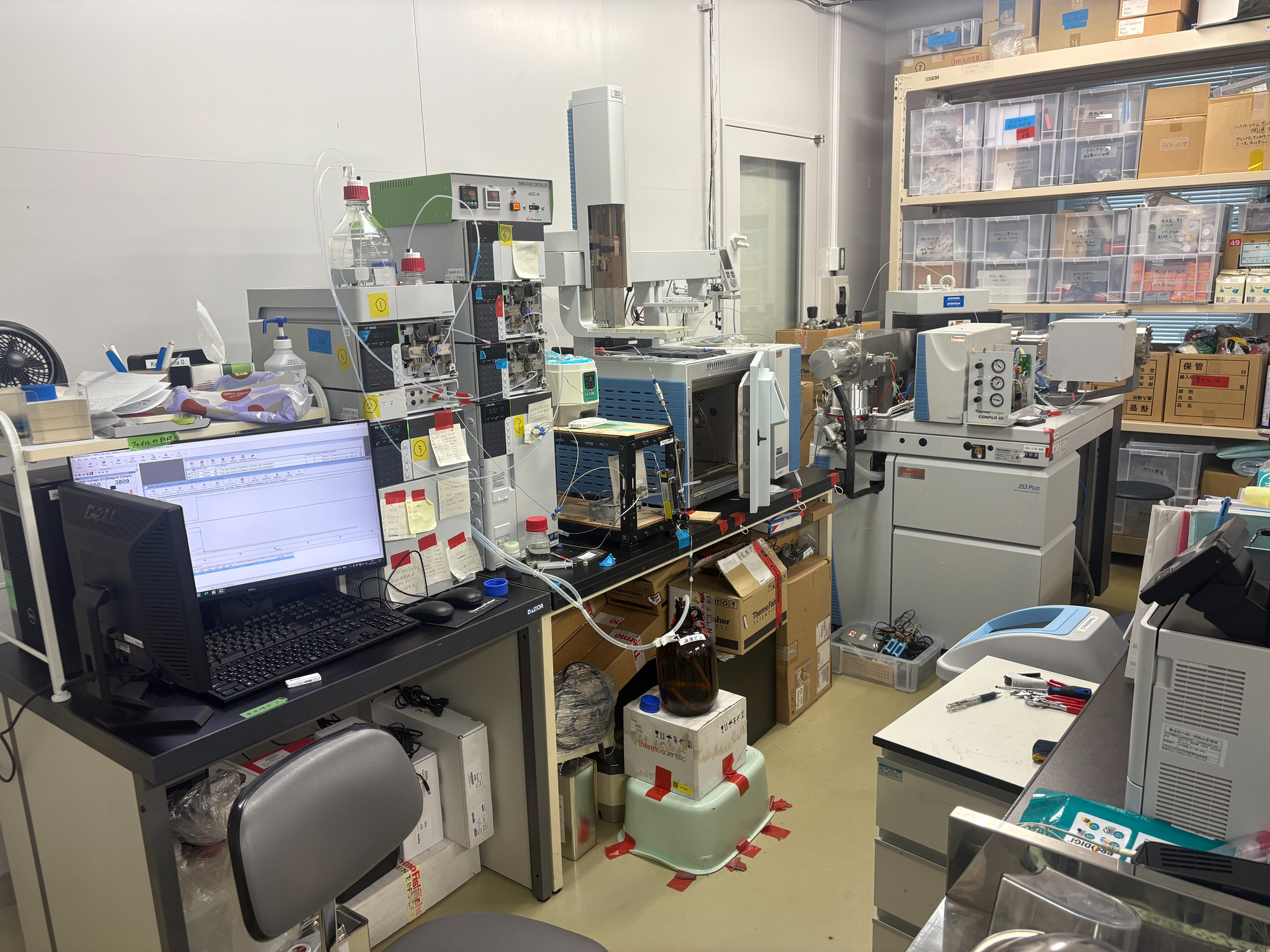 |
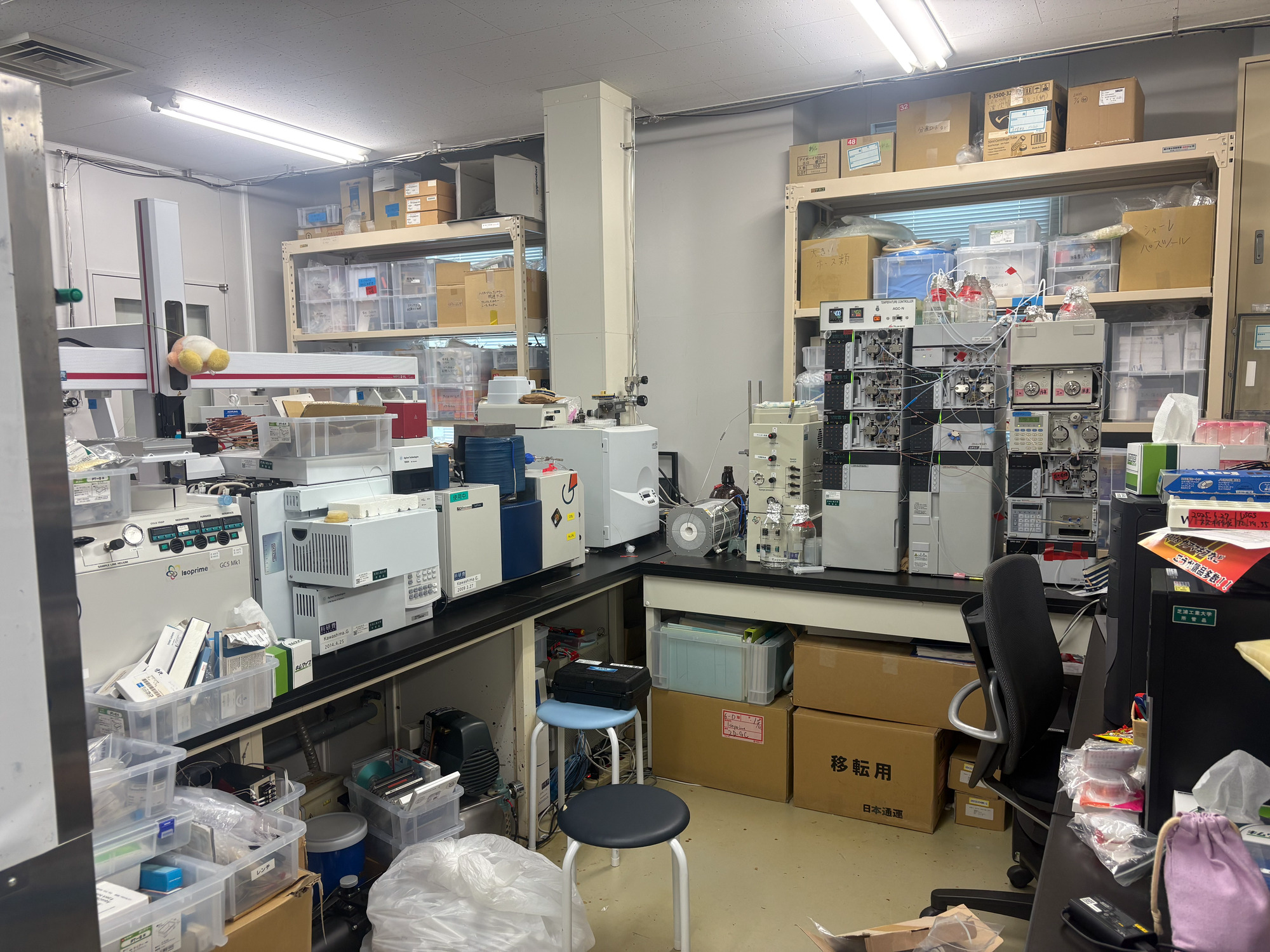 | 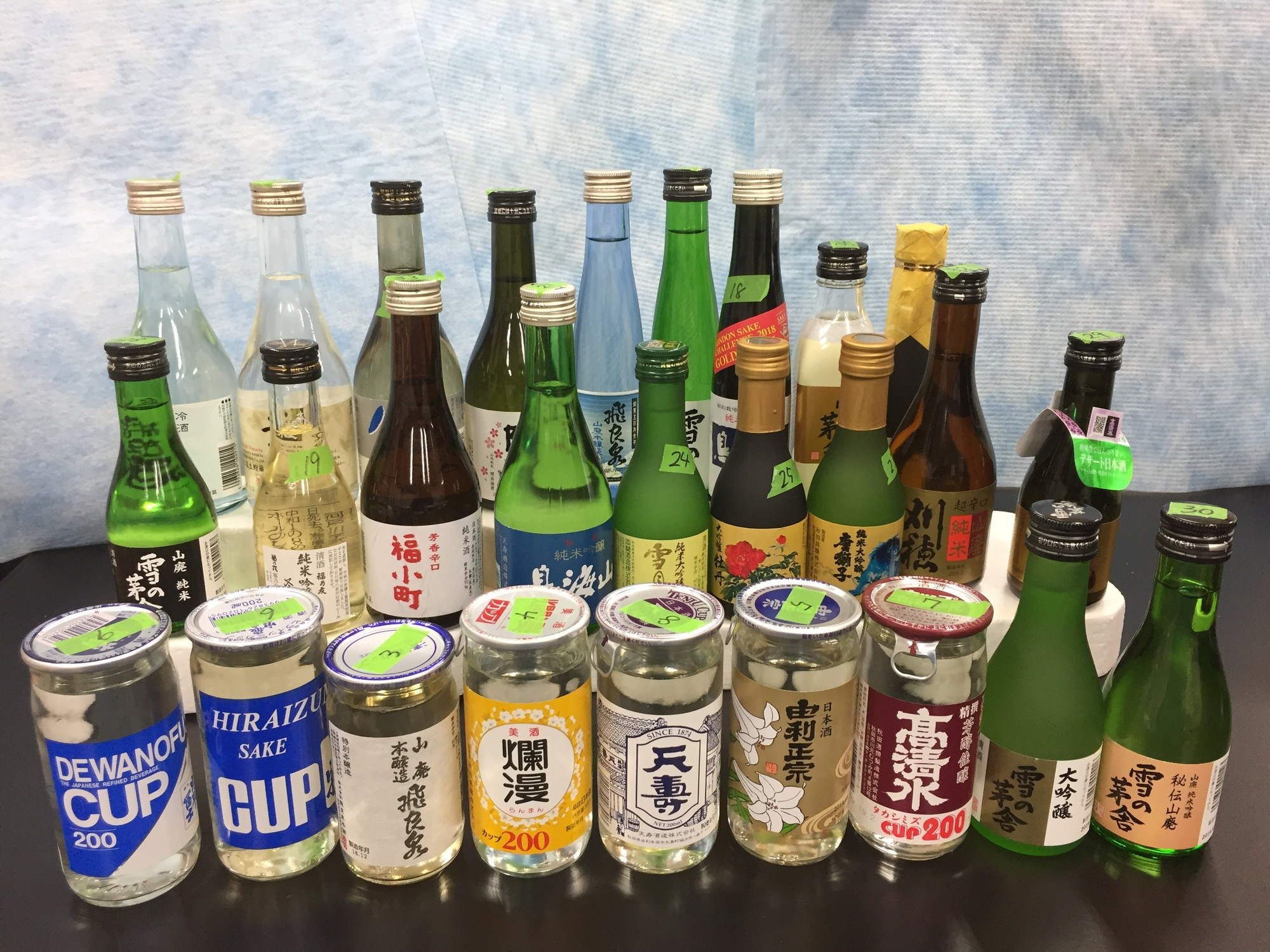 |
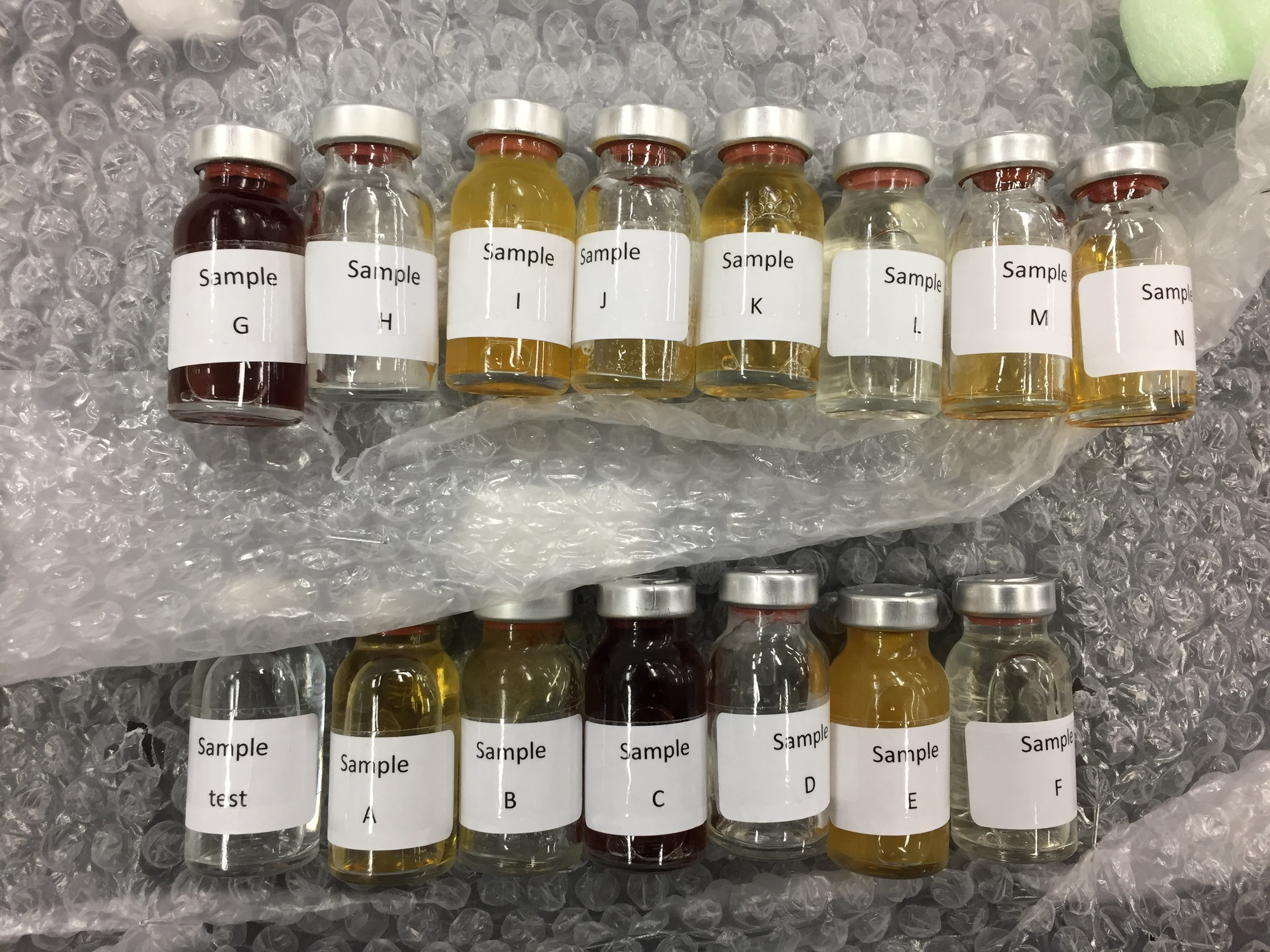 | 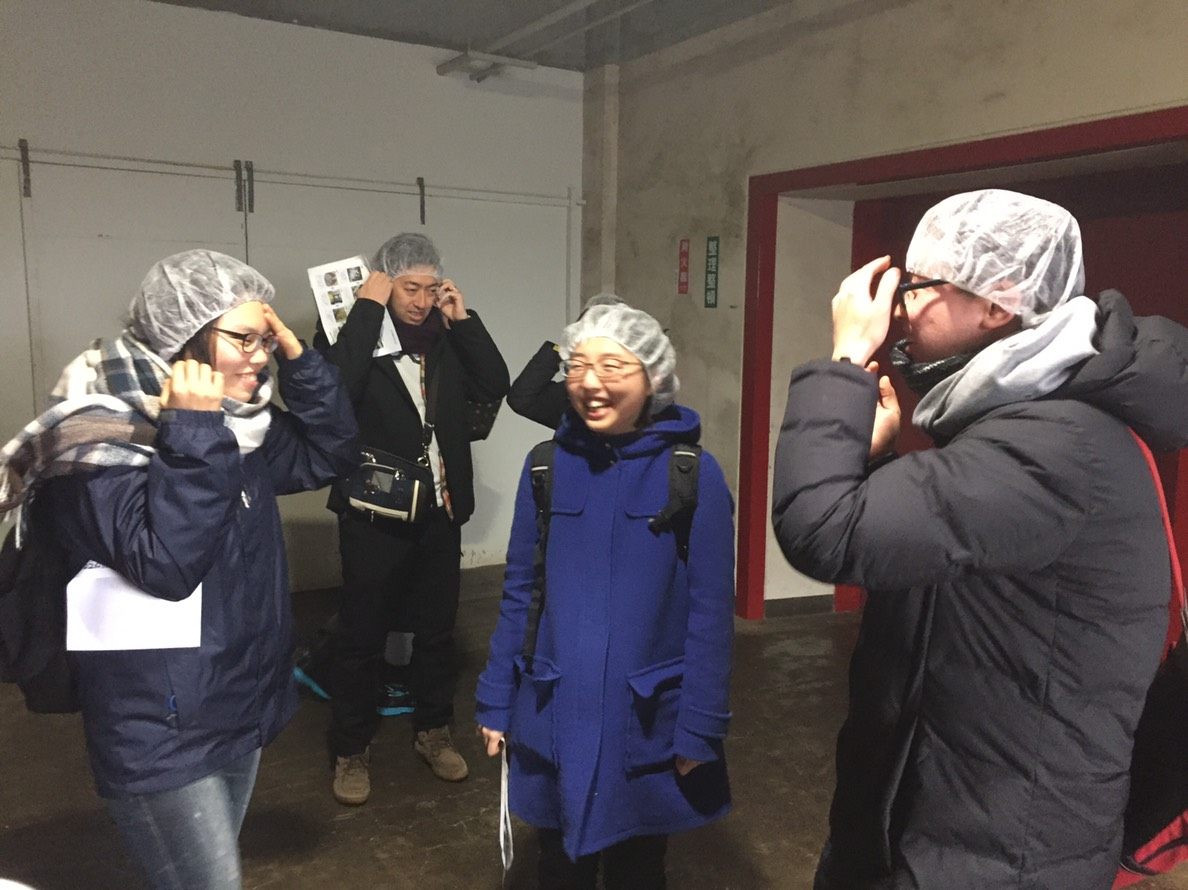 |
 | 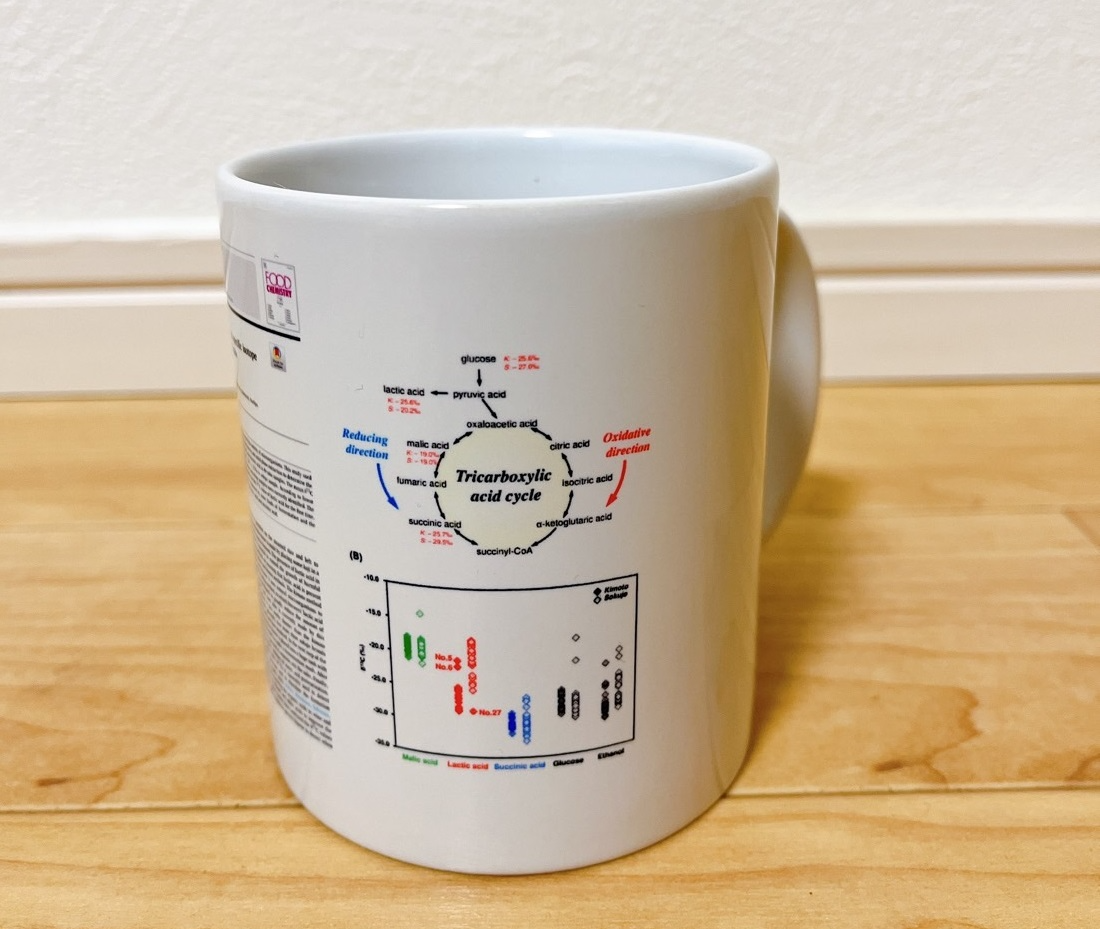 |